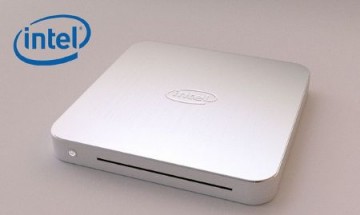 Intel has been doing its best to explain why its Braswell chip has been delayed.
Intel has been doing its best to explain why its Braswell chip has been delayed.
For those who came in late, Braswell was supposed to be a 1Q 2015 launch, but it kept being delayed. The latest news is that it will not be seen in the shops until June and August 2015.
Kirk Skaugen, who heads up the company’s PC Client Group said the main reason was cost.
Intel has been having problems getting its 14 nanometer manufacturing technology to yield at economically acceptable levels. Although the company describes the current yield rate of its 14 nanometer technology as being in a “healthy range,” Intel indicated that the yields still are not where the prior generation technology was at this stage of its ramp.
Broadwell costs will actually remain higher than those for the 22 nanometer Haswell family of products until the third quarter of 2015.
This is all very tricky considering that Braswell is intended to be a very low-cost part for entry-level desktops and notebooks. While Intel can take a couple of quarters of elevated costs to get Broadwell right for the higher-value segments of the PC business, it has the luxury of waiting until Braswell’s manufacturing costs are lower than last year’s 22 nanometer Bay Trail’s costs for more cost-sensitive PCs.
Intel has been all about platform cost reduction with Bay Trail-M/D and has been working to reduce the platform bill of materials costs for its Bay Trail-M/D products. Since the low-end PC market is focused more on cost than on performance, these Bay Trail products may continue to hold their own against AMD’s newly announced Carrizo-L until Braswell arrives.






